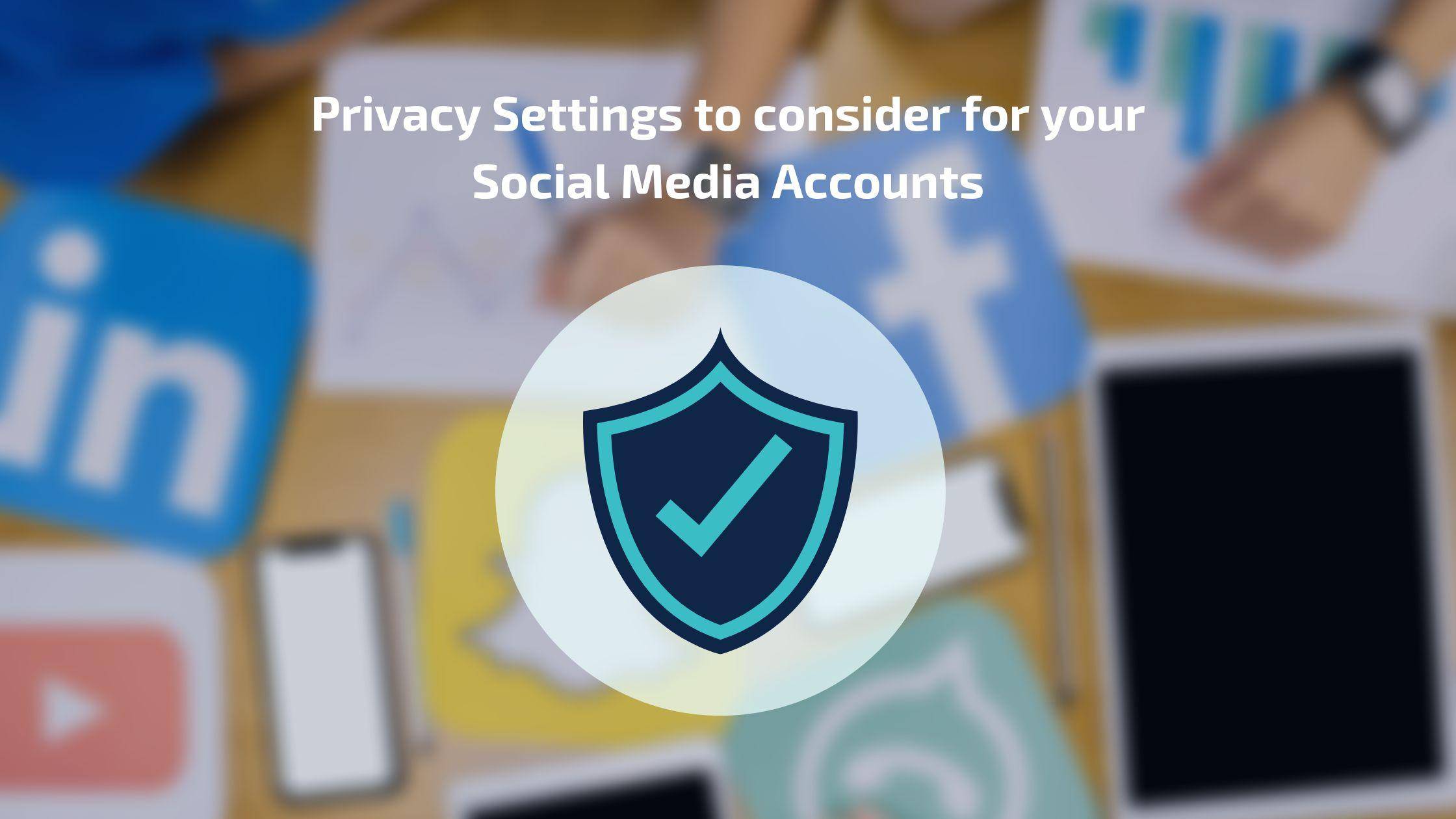Table of Contents
ToggleHow to configure Privacy settings on Social Media Accounts
Social media has changed the way we experience and engage with our world. This can be wonderful, but also comes with challenges to our privacy. The recent scandals involving social media have demonstrated the need for everyone to make informed decisions about their privacy on social platforms, and clearly understand what they share, with whom they share it, and why. This blog serves as a record to educate people on how to control their privacy settings.
- Secure Privacy Settings
Check your social media settings to ensure that your phone number and email address are hidden from public view.
Here are a few platform-agnostic recommendations:
- Instead of making your posts public, consider adjusting the privacy settings to make them visible only to friends or friends of friends.
- In the safety and security controls, uncheck the “Discoverability” boxes to prevent searches using your email address and phone number.
- If you intend to share personal images (rather than promote a business), consider making your account private.
- Prevent Unauthorised Logins with Text Messaging
Even if your username and password are stolen, this process, known as two factor authentication (2FA) or login verification, can keep your accounts secure.
- Enable login verification.
- Activate 2FA.
- Keep Your Whereabouts Private
Avoid disclosing your street address, which can help thieves target your home. Also, be cautious about broadcasting when you’re going to be gone for an extended period of time, as your vacant home could become a target.
- Avoid (and report) Friend Request Duplicates
If you receive an invitation to connect with someone you know but thought was already a friend or follower, check your friends list before accepting the invitation.
Scammers collect “friends” by using bogus accounts cloned from real users, and they rely on these “mutual friends” to extend their bogus networks. The fake account may also use photos from your friend’s real account to fool you.
- Don’t Use Social Credentials to Sign Into Third-Party Sites
- Avoid Quizzes and Games That Require Access to Profile Information
- Handle Passwords With Care
Don’t store passwords in your web browser because if your phone or laptop is stolen, saved passwords can provide access to social accounts, shopping sites, and your email all of which likely contain loads of information an identity thief could use. Another alternative is to password protect your computer.
- Consider Identity Theft Protection
Conclusion
Privacy settings are important to make your account as safe as possible. On Social media platforms they should be configured based on the type of sharing that you want to do with your content. One should always take the time to configure privacy settings on their accounts to hide sensitive information that they don’t want strangers to see. Simply follow the few steps mentioned in the article and you’ll be ready to make privacy settings more secure.
Remember to check your privacy settings periodically and make sure to update them if you change your account name or profile photo.





